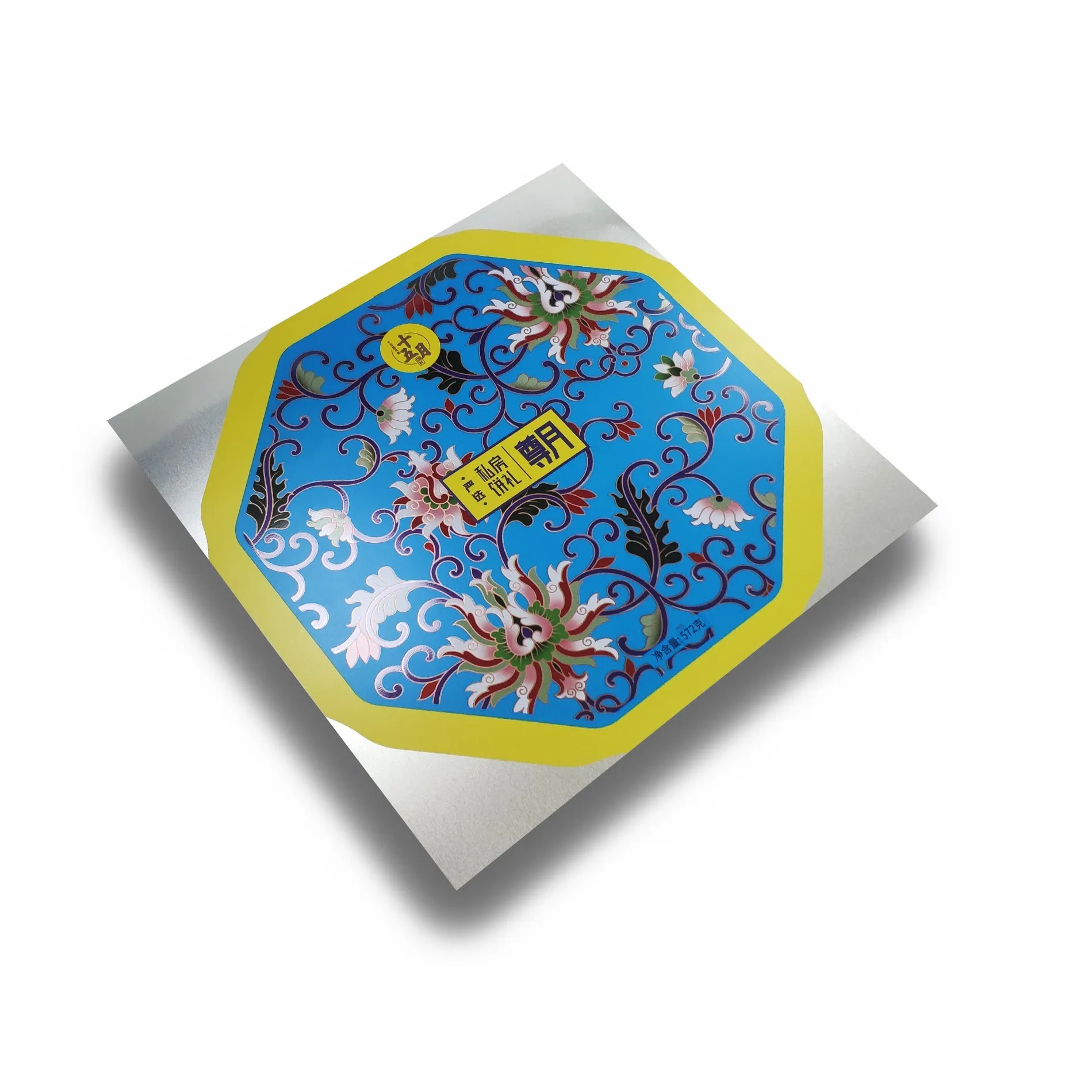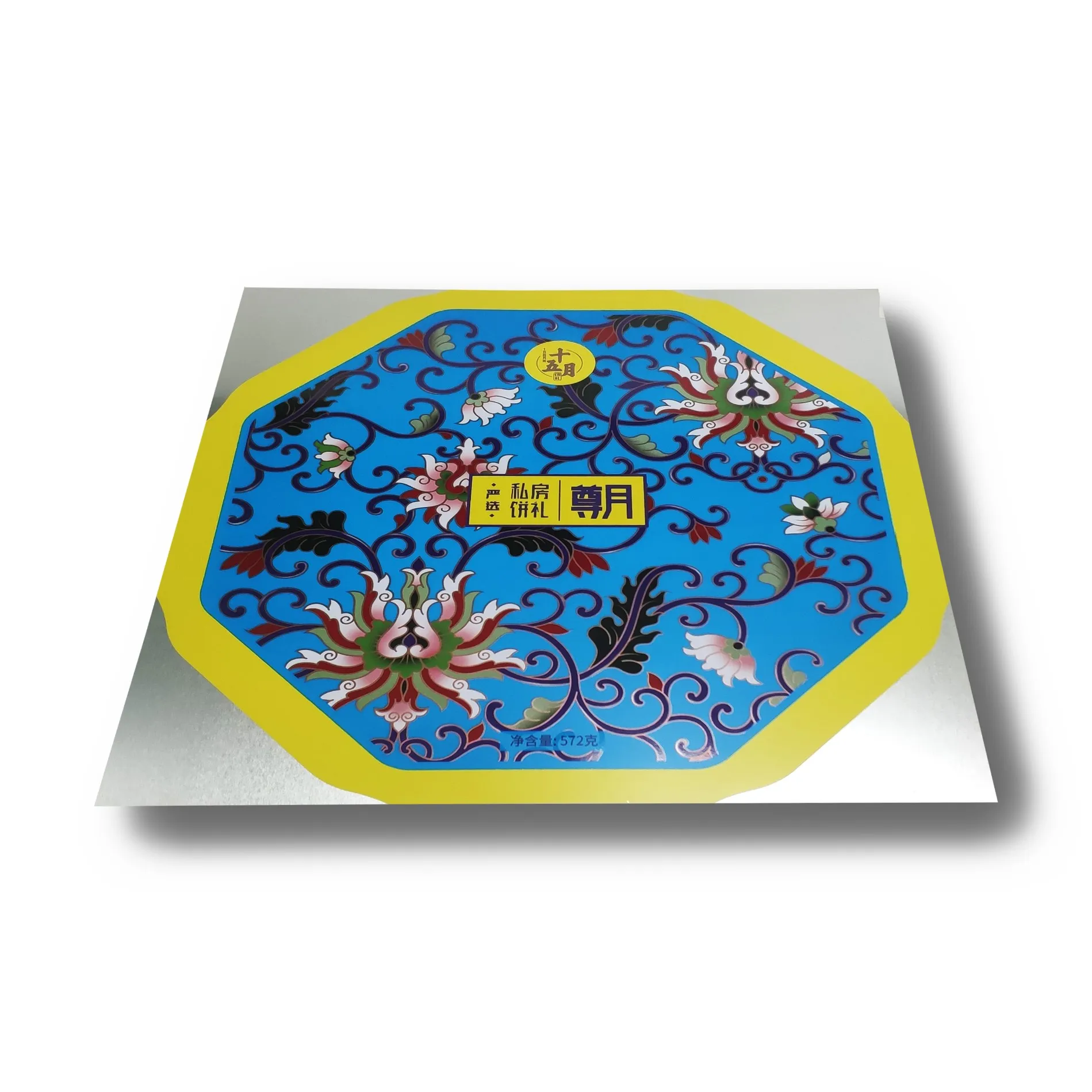Tinplate is a widely used metal material, especially in food packaging, beverage cans, electronic products and cosmetic containers. It has won the favor of the market with its excellent corrosion resistance, sturdiness and formability. So, what is tinplate made of?
This article will comprehensively analyze the composition of tinplate sheet and the manufacturing principle behind it from the aspects of material composition, manufacturing process and its physical and chemical properties.

What is tinplate?
Tinplate is made by the process of thinly coating tin on wrought iron or steel sheets. This process is called "tinplate tinning". Tinplate is named after the mouth of Wales in England because this iron material was originally produced there. Tinplate sheet is most commonly used to prevent rust. Because its surface is covered with a layer of tin, tin has good corrosion resistance and can effectively prevent iron from oxidation and rusting. Therefore, tinplate products have a long service life and good retention performance.
The main use of tinplate sheet is to make tinplate cans for packaging food and many other products, as well as various household utensils. Due to its excellent anti-corrosion performance and good machinability, tinplate cans can safely package various foods, such as canned vegetables, milk powder, biscuits, etc., to keep the food fresh and hygienic. At the same time, tinplate is also used to make household utensils, such as pots and utensils, because it has high wear resistance and durability and is suitable for long-term use.
What is tinplate made of?
To understand the composition of tinplate, we must first understand its structure. Tinplate is actually a composite material, its core part is low-carbon steel plate, and the surface is plated with a thin layer of tin. Therefore, tinplate is mainly composed of two materials: steel plate (iron) and tin. This composite structure gives tinplate excellent physical and chemical properties, in which the steel plate provides basic mechanical strength, while the tin layer plays a role in preventing corrosion and beautiful decoration.
Steel substrate
The main component of tinplate sheet is steel substrate. The steel substrate is usually made of low-carbon steel with a very low carbon content (generally less than 0.13%). Low carbon steel is known for its good toughness, ductility and plasticity, which make it very advantageous in various forming and processing processes. As the core of tinplate, the steel substrate provides it with structural strength and mechanical support, enabling tinplate to withstand external impact while having good plasticity and processing performance.
The manufacturing process of low carbon steel mainly includes multiple steps such as smelting, rolling, and annealing. In the tinplate production process, low carbon steel is usually processed by cold rolling process to obtain uniform thickness and smooth surface. Cold rolled steel sheet not only has moderate hardness, but also has high surface finish, which provides a good foundation for the subsequent tin plating process.
Tin plating layer
The tin layer on the surface of the steel plate is another key component of tinplate sheet. Tin is a silvery-white metal with the chemical symbol Sn, low density, good ductility and corrosion resistance. The reason why tinplate has excellent anti-corrosion properties is mainly due to the tin plating layer on its surface. This layer of tin not only acts as a physical barrier to prevent air and moisture from directly contacting the steel substrate, but also generates a protective oxide film when slight corrosion occurs, further extending the service life of the tinplate.
The thickness of the tinplate layer is usually very thin, usually between 0.1 and 0.2 microns. Although this layer of tin is very thin, its protective effect on tinplate is crucial. The chemical properties of tin are relatively stable, and it is not easy to react chemically with oxygen, moisture or acid and alkali substances in the air, so it has good antioxidant properties. This is why tinplate can be widely used in the field of food and beverage packaging-the tinplate layer can effectively prevent the contents from corroding the steel plate, ensuring the safety and shelf life of food and beverages.

What is the manufacturing process of tinplate?
The production of tinplate sheet involves a series of complex manufacturing processes, and each process is designed to ensure the quality and performance of the final product. The entire manufacturing process can be roughly divided into two stages: the production of steel plates and the tinning process.
Steel plate production
The base material of tinplate is cold-rolled low-carbon steel plate. The production process at this stage mainly includes the following steps:
● Steelmaking: First, the steel mill converts iron ore into pig iron through blast furnace smelting, and then further refines the pig iron through converters or electric arc furnaces to remove impurities and obtain pure molten steel.
● Ingot casting and hot rolling: The molten steel is formed into rough billets through ingot casting or continuous casting, and then these rough billets are rolled into thinner steel plates through hot rolling. The hot rolling process is usually carried out at high temperatures, which helps to improve the ductility of the steel.
● Cold rolling: The hot-rolled steel plate is further cold-rolled after annealing. The cold rolling process is carried out at room temperature and can greatly improve the hardness, strength and surface finish of the steel plate. The cold-rolled steel plate is usually of uniform thickness and smooth surface, ready for the tinning process.
Tinning process
After the steel plate is completed, the next step is the tinning process, which is a key step in the manufacture of tinplate. There are two main methods of tinning: hot-dip tinning and electrolytic tinning.
● Hot-dip tinning: Hot-dip tinning is an earlier tinning method. Its principle is to immerse the steel plate in the molten tin bath so that a layer of tin is evenly plated on the surface of the steel plate. Although this method is simple to operate, the thickness of the tin layer is difficult to control, so it is less used now.
● Electrolytic tinning: Electrolytic tinning is the most commonly used method in modern tinplate sheet production. It evenly plates tin on the surface of the steel plate through electrochemical reaction. The process of electrolytic tinning mainly includes key components such as electrolytic cell, anode, cathode and electrolyte. In this process, the steel plate acts as a cathode, and the tin ions are reduced to metallic tin in the electrolyte and evenly deposited on the surface of the steel plate. The advantage of this method is that it can accurately control the thickness of the tin layer while ensuring the uniformity and adhesion of the tin layer.
After tinning, the steel plate also needs to be passivated, that is, a dense oxide film is formed on the surface of the tin layer to enhance its corrosion resistance and improve the surface gloss.
What are the advantages of tinplate?
Advantages of tinplate:
1. Corrosion resistance
2. Formability
3. Excellent mechanical strength
4. Surface finish and decorativeness
The reason why tinplate sheet is widely used in modern industry is mainly due to its unique characteristics and advantages. These characteristics are directly derived from its material composition and the fine control of the manufacturing process.
Corrosion resistance
The most significant advantage of tinplate sheet is its excellent corrosion resistance. As mentioned above, the tin layer on the surface of the steel sheet has a good isolation effect on air and moisture, effectively preventing the steel substrate from oxidizing. This makes tinplate particularly suitable for food and beverage packaging, because it can ensure that the contents of the package are isolated from the external environment and prevent food from spoiling or being contaminated.
In addition, the chemical stability of the tin layer itself also makes tinplate resistant to erosion by weak acids, weak bases and other chemicals. For example, in canned food, acidic foods such as ketchup and juice will not corrode the tinplate packaging, ensuring the long-term preservation of food.
Formability
Since the base material of tinplate is low-carbon steel, it has good toughness and plasticity, which enables tinplate to be processed into products of various shapes and sizes. Tinplate sheets can be formed into cans, lids or other container parts of complex shapes through shearing, stamping, bending and other processes. At the same time, the presence of the tin layer will not affect the processing performance of the steel base material, which provides possibilities for the design and manufacture of products with various complex structures.
Excellent mechanical strength
Although the tin layer of tinplate is very thin, its low-carbon steel base material provides excellent mechanical strength and toughness, making it not easy to deform or break when impacted by external forces. Especially in the packaging of food, beverages and chemical products, tinplate containers can not only withstand external pressure, but also protect the internal products from damage.
Surface finish and decorativeness
The tin layer gives tinplate sheet good surface finish and decorativeness. The surface of tinplate treated with electrolytic tin plating is usually very bright and has a good reflective effect. This smooth surface not only enhances the appearance of tinplate, but also facilitates subsequent printing and coating processes, making it an ideal packaging material.

What are the main uses of tinplate?
Main uses of tinplate:
1. Food and beverage packaging
2. Cosmetic and chemical product packaging
3. Electronic products and daily necessities
Due to its unique material properties and excellent comprehensive performance, tinplate sheet is widely used in many fields. The following is an introduction to several main application directions of tinplate:
Food and beverage packaging
The most common use of tinplate sheet is food and beverage packaging. Due to its excellent corrosion resistance, tinplate sheet is widely used in packaging such as canned food, beverage cans, and milk powder cans. It not only prevents the contents from contacting the outside world, but also extends the shelf life of food and ensures the safety and freshness of the product.
Cosmetic and chemical product packaging
Tinplate is also widely used in the packaging of cosmetics and chemical products. For example, products such as moisturizers and lotions often use containers made of tinplate. Its corrosion resistance and mechanical strength make it an ideal material for storing these items, which can prevent the influence of external factors on the products.
Electronic products and daily necessities
Tinplate sheet is also widely used in the manufacture of electronic products, hardware accessories and various daily necessities. For example, battery casings, household tool boxes, and kitchen utensils can all be made of tinplate materials. This is because tinplate has good formability, durability, and oxidation resistance, which can ensure the quality and service life of these products.

